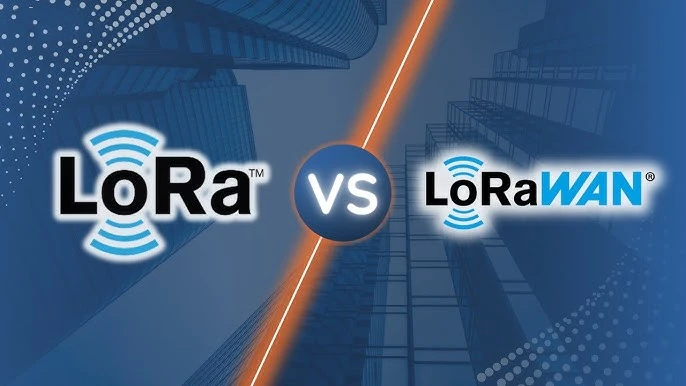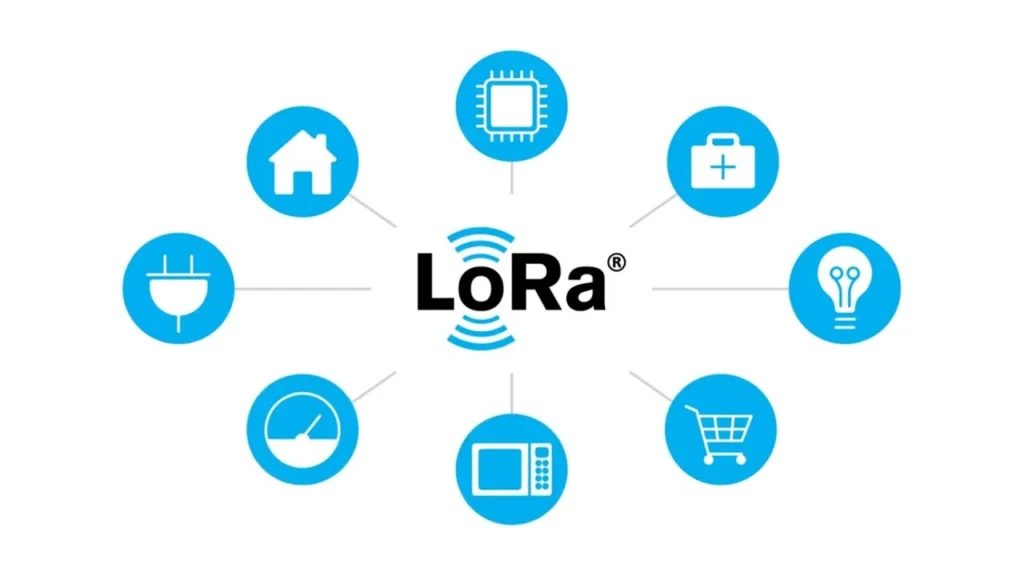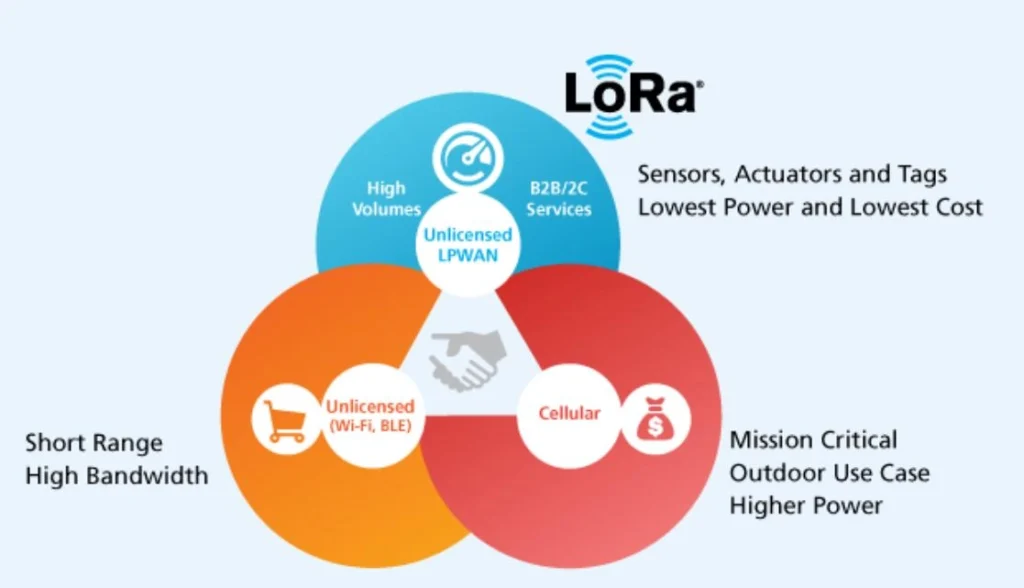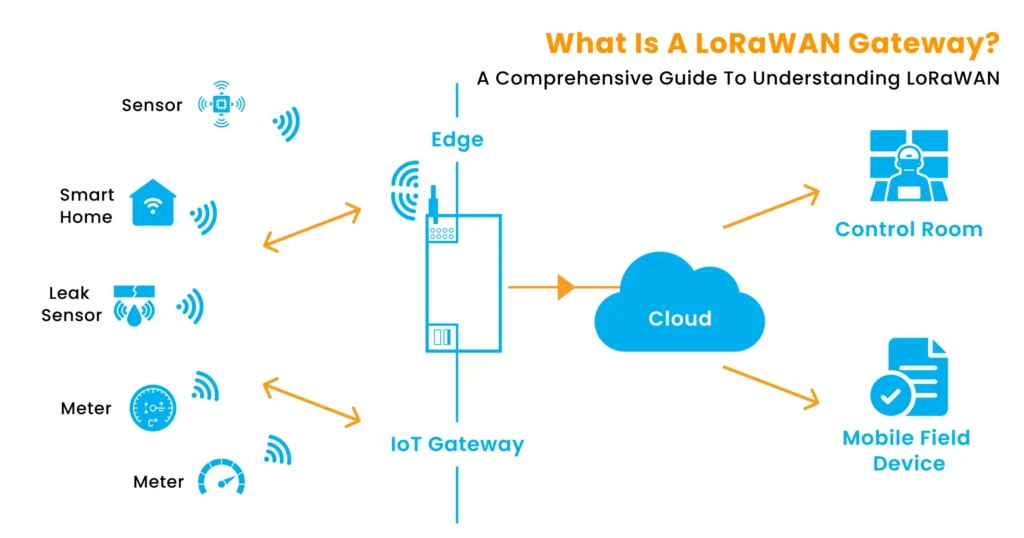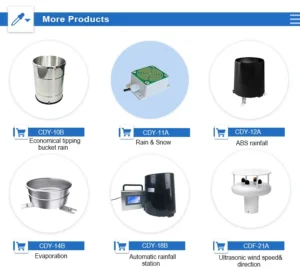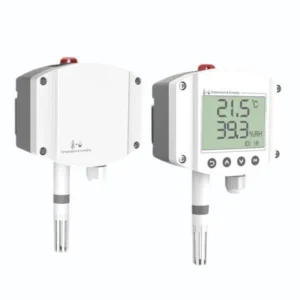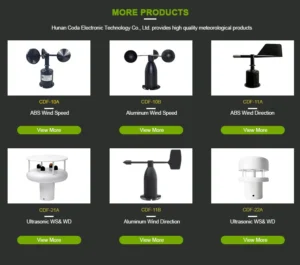LoRa Technology: Understanding How It Differs from LoRaWAN
As technology improves, the Internet of Things (IoT) has become a key part of our daily lives. It connects many devices and sensors. This helps us manage and interact with our environment in smarter and more efficient ways.With the rise of connected devices and sensors, a stable and reliable network is very important. This ensures smooth communication. Long-Range, Low-Power Wireless Network (LPWAN) technology meets this need well. Among the different LPWAN technologies, LoRa has become one of the most popular choices.
What is LoRa ?
LoRa stands for Long Range Radio. It is a low-power wide-area network (LPWAN) wireless communication standard made by Semtech Corporation. Its main feature is that it can send data over much longer distances than other wireless methods. It can extend the range of traditional radio communication by three to five times.
LoRa technology is used in many parts of the Internet of Things (IoT). These areas include smart farming, building automation, wireless security, and industrial monitoring.
The main goal of LoRa technology is to balance power use and transmission range. Usually, lower power means a shorter range. On the other hand, long distances often use more energy.
LoRa solves this by improving receiver sensitivity. This creates a very efficient link budget without needing high transmission power.
This feature allows many sensors and other LoRa-based IoT devices to be used. These devices are often called “nodes” in LoRa networks.
Why Opt for LoRa Technology?
LoRa uses chirp spread spectrum (CSS) for its signals. This method is different from traditional narrowband modulation. CSS lets signals travel farther. It also works better against interference.
This happens because the signal spreads across a wide frequency range. This makes it less affected by noise and disruptions.
Advantages of LoRa Technology
The main benefits of LoRa technology are its low power use, long range, and strong resistance to interference.
Why is LoRa Energy Efficient?
LoRa uses very little energy because it sends data rarely. Picture two people standing 100 meters apart. One must shout to be heard, while the other listens quietly.
In a LoRa transmission, the device that sends data uses more power, over 100mA. The device that receives data uses much less power, around 10mA.
LoRa is different from other systems like NB-IoT or cellular technologies (like 2G and 4G). Those systems need constant two-way communication. This means both sides must send and receive data all the time.
LoRa uses a better method. The base station and terminal choose specific times to talk.
The base station sends data at the agreed time instead of checking in with the network all the time. The terminal just listens during that time. This method makes LoRa more efficient and helps save power.
How Does LoRa Achieve Long-Range Communication?
LoRa can communicate over long distances using its CSS technique. This method spreads signals over a wider frequency range for a longer time. CSS reduces noise and interference. It also helps keep the signal strong over long distances.
LoRa works on unlicensed sub-gigahertz frequency bands. This is different from the busy 2.4 GHz band used by Wi-Fi and other technologies. With fewer signals in the sub-GHz range, data can travel farther. This means there is less interference and less signal loss.
Why Does LoRa Have Strong Interference Resistance?
LoRa uses spread-spectrum modulation to spread signals over wide bandwidths. This method helps the signal resist interference from nearby wireless signals. Even when many signals share the same frequency, LoRa can still detect and process its signal well. It does this without being affected by outside noise.
Anti-jamming in LoRa technology
LoRa technology is better than other wireless methods like Wi-Fi, Bluetooth, and cellular networks. It works at very low power levels and low data rates. This means LoRa signals do not interfere with other wireless signals and are not affected by them.
A key feature of LoRa technology is its adaptive data rate (ADR) function. This function adjusts the data rate based on the quality of the communication channel. It helps optimize data transmission and makes the channel more reliable. This also reduces the chance of interference.
LoRa uses a strong forward error correction (FEC) system. This system ensures accurate and reliable data transmission, even when there is interference. The FEC can find and fix errors in the received data. This improves the system’s reliability and lessens the effects of interference.
Key components of a LoRa network
The main structure of a LoRa network has three key parts:
1. **LoRa Nodes**
These are small, energy-saving devices made to collect data about the environment or systems. They run on batteries that last a long time.
The nodes can be sensors, like soil sensors for farming or temperature sensors for monitoring the environment. They can also be controllers that work with sensors, like valve controllers or access control units. These nodes send information to the gateway using LoRa modulation.
2. **LoRa Gateway**
The gateway serves as a link between nodes and the server. It can communicate in both directions. It receives data from many nodes at the same time, processes it, and sends it to the server. Gateways often connect to the Internet to help with this flow of information.
3. **LoRa Server**
The server is the main part of the LoRa network. It gets data from gateways and sends it to the right application servers. It also manages communication between gateways and nodes. Additionally, it keeps things secure by offering authentication and identity management services.
LoRa operating modes and applications
LoRa technology has operational modes like NB-IoT. Different classes fit various use cases based on power efficiency and response time needs.
– **Class-A**
Terminals can only get responses when they send data. This makes them good for non-real-time tasks. The low-power mode helps the battery last longer, often for several years. They are used in smart water meters, gas meters, smart trash cans, and city infrastructure monitoring.
– **Class-B**
Terminals check in with base stations every few seconds. This mode balances power efficiency and moderate data delays. It is useful for streetlight control, livestock tracking, and remote irrigation systems in agriculture.
– **Class-C**
Terminals receive signals all the time, but this uses more power. They work best when connected directly to a power source.
This setup is good for tasks that require quick responses. For example, it can be used to monitor greenhouses with temperature and humidity sensors. It is also useful for overseeing machine rooms. However, in some cases where quick and reliable responses are needed, other wireless technologies might work better than LoRa.
Understanding LoRaWAN
LoRaWAN means Long Range Wide Area Network. It is a way to communicate using LoRa technology. The system has a star shape. It includes battery-powered nodes, or sensors, that send data to gateways.
These gateways connect to the internet and forward the data to a central network server. There, IoT applications process the data for useful insights.
LoRaWAN allows long-range IoT operations. It uses energy-efficient hardware and strong communication protocols. This makes it reliable for industrial, agricultural, and smart city uses.
LoRa and LoRaWAN
Source: YouTube video by @mobilefish
Grasping the connection between LoRa and LoRaWAN
LoRa and LoRaWAN are related but different technologies. People often confuse them. They have a connection, but they serve different roles.
LoRaWAN is a network protocol that uses LoRa technology. It is designed for IoT applications.
This protocol allows low-power, long-distance communication between devices. It enables two-way communication between end devices and central network servers. This makes it great for many IoT uses, like smart cities, industrial automation, and agriculture.
In IoT use cases, LoRa and LoRaWAN often work together. LoRa allows for long-range, power-efficient communication. LoRaWAN provides the networking protocol and infrastructure needed for these applications.
Other technologies are also available for low-power, long-range IoT solutions. Options like Sigfox and NB-IoT might work well based on your needs.
Distinguishing between LoRa and LoRaWAN
Both technologies focus on IoT applications, but they meet different needs. LoRa uses unlicensed wireless spectrum but cannot manage networks. On the other hand, LoRaWAN is a protocol built on LoRa that helps with network functions.
LoRa is a special wireless communication technology. It uses chirp spread spectrum modulation for long-range communication with low power use. LoRaWAN is a complete protocol that builds on LoRa’s physical layer. It allows secure data exchange between IoT devices and the cloud through gateways.
One key difference is security. LoRa does not have built-in security features. In contrast, LoRaWAN includes security measures. These measures protect the network and the data sent between devices.
LoRa is best for personal area networks or smart homes. It allows devices to talk to each other without a gateway. On the other hand, LoRaWAN works better for larger projects like smart cities or industrial systems. It needs a gateway to connect devices to central servers.
Choosing between LoRa and LoRaWAN depends on the needs of your IoT project. If you have simple IoT tasks with one or two sensors sending data over long distances, LoRa might be enough. If you need a big network, choose LoRaWAN. It allows secure, two-way communication with a central server.
